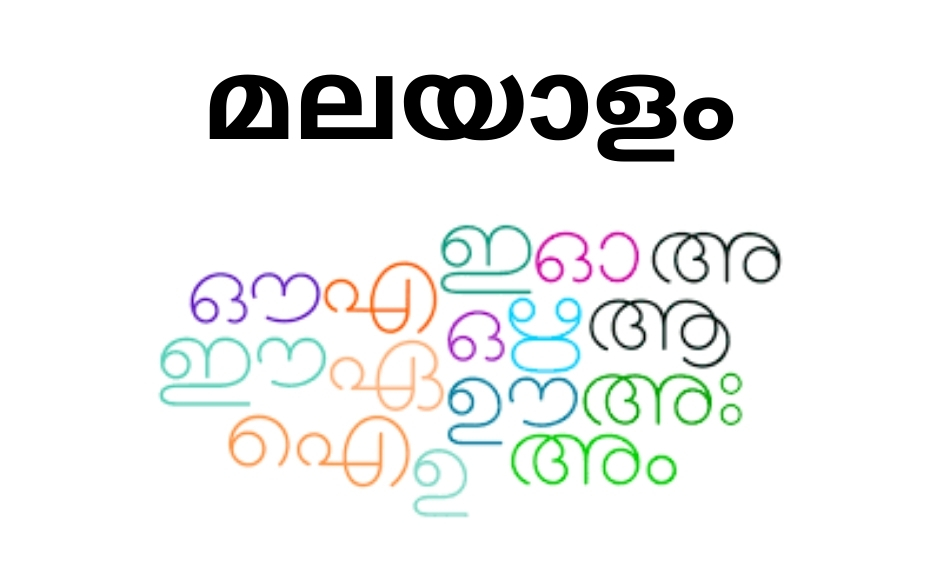The Malayalam Language: Its History, Grammar, and Essential Facts

Recognized as a classical language by the Union Cabinet in 2013, Malayalam is an Indian language with one of the richest literary heritages. With over 35 million speakers around the world, Malayalam is a language primarily spoken in Kerala. The unique linguistic features and phonetic structure make Malayalam one of the most interesting Dravidian languages. Beyond a mode of communication, Malayalam is closely intertwined with the culture, traditions, and lives of Malayali people. Most Malayali children are educated on the origins and grammar of the language during the early years of schooling, but there is a large diaspora of Malayalis living outside of Kerala. For those children who grow up outside Kerala, learning these important details about their mother tongue might not come easy. Here we will take a brief journey through the history, grammar, and other interesting facts about this fascinatingly beautiful language.
The origin of Malayalam
Spoken in Kerala, Lakshadweep, and around the world where a Malayali diaspora exists, Malayalam is a language that has a fascinating history. Malayalam belongs to the Dravidian family of Indian languages, and it is said to have originated from the ancient proto-Dravidian branch, from which modern Tamil has also evolved. The earliest Malayalam inscriptions date back to the 9th century; the language evolved as time went by and developed distinct characters that differentiated it from Tamil.
The time between the 9th century and the 13th century was the early stage of development for Malayalam, in which the first texts started to emerge and started to develop a separate grammatical and phonetic identity from Tamil. From the 13th century to the 17th century, the language adapted to the diverse influences and became more standardized. This was a time of great literary advancement as well; the Jnanappana and Krishnagatha are examples of some of the devotional literary works of this time period.
From the 18th century onwards, contemporary Malayalam grew and evolved with contributions and influences from many places while still staying true to the ancient roots and unique structure of the language. Modern Malayalam is a rich language in all aspects; it is diverse, dynamic, ever-evolving, and linguistically rich. Malayalam cinema, literature, and music are all media that have embraced and explored the phonetic beauty of Malayalam and contributed to the growth of the language further. Apart from Tamil, Sanskrit, Arabic, Persian, German, and English are some of the languages that have influenced Malayalam throughout history and made contemporary Malayalam what it is.
Malayalam grammar
Now that we have discussed the origins and history of Malayalam, it is time to discuss the general principles of Malayalam grammar. Derived from the ancient Brahmi script, the Malayalam ‘Aksharamala’ or alphabetic script is syllabic in nature. So letters of the Malayalam alphabet represent a specific syllable, and these syllables can be modified using dependent vowels. Some consider Malayalam to have 56 alphabets, including the five 'Chillaksharangal’, but many argue that the modern Malayalam language has 51 alphabets in total, classified into 15 vowels and 36 consonants.
In general, Malayalam follows a subject-object-verb sentence structure. The verbs in Malayalam are used to reflect the causative, tense, mood, and aspect, whereas nouns refer to number, gender, and case. This is, of course, a brief introduction to Malayalam grammar, and if you are a learner, you will venture into it further as you learn the language. Even if you did not particularly have a grammar education, once you naturally start speaking the language, you will be able to get a better grasp of it.
More about Malayalam
Malayalam is generally considered a hard language to learn, but it is also a fascinating one! Especially the retroflex sounds of some Malayalam consonants are a special characteristic of the language that some linguists are fascinated with. Musical to hear, with a rich hoard of literature, most Malayalam speakers belong to Kerala, but it is also the official language of the Lakshadweep islands. The significant Malayali diaspora spread across the world is responsible for the notable geographical expansion and distribution of Malayalam across the world. In Kerala, there are many distinctive Malayalam dialects spoken in specific areas, and Lakshadweep also has its own specific dialects. The northern dialects of Malayalam are spoken in the Malabar districts and are distinct from the dialects spoken in southern and central Kerala.
Conclusion
Malayalam literary icons are cultural icons of the land, and the language and culture are irrevocably intertwined. There is still a mighty lot more to learn about Malayalam, but don't worry! Join Akshharam’s summer program for Malayalam language to learn more about Malayalam, and its history! Connect with us to enroll your little ones in our online Malayalam classes for children!
